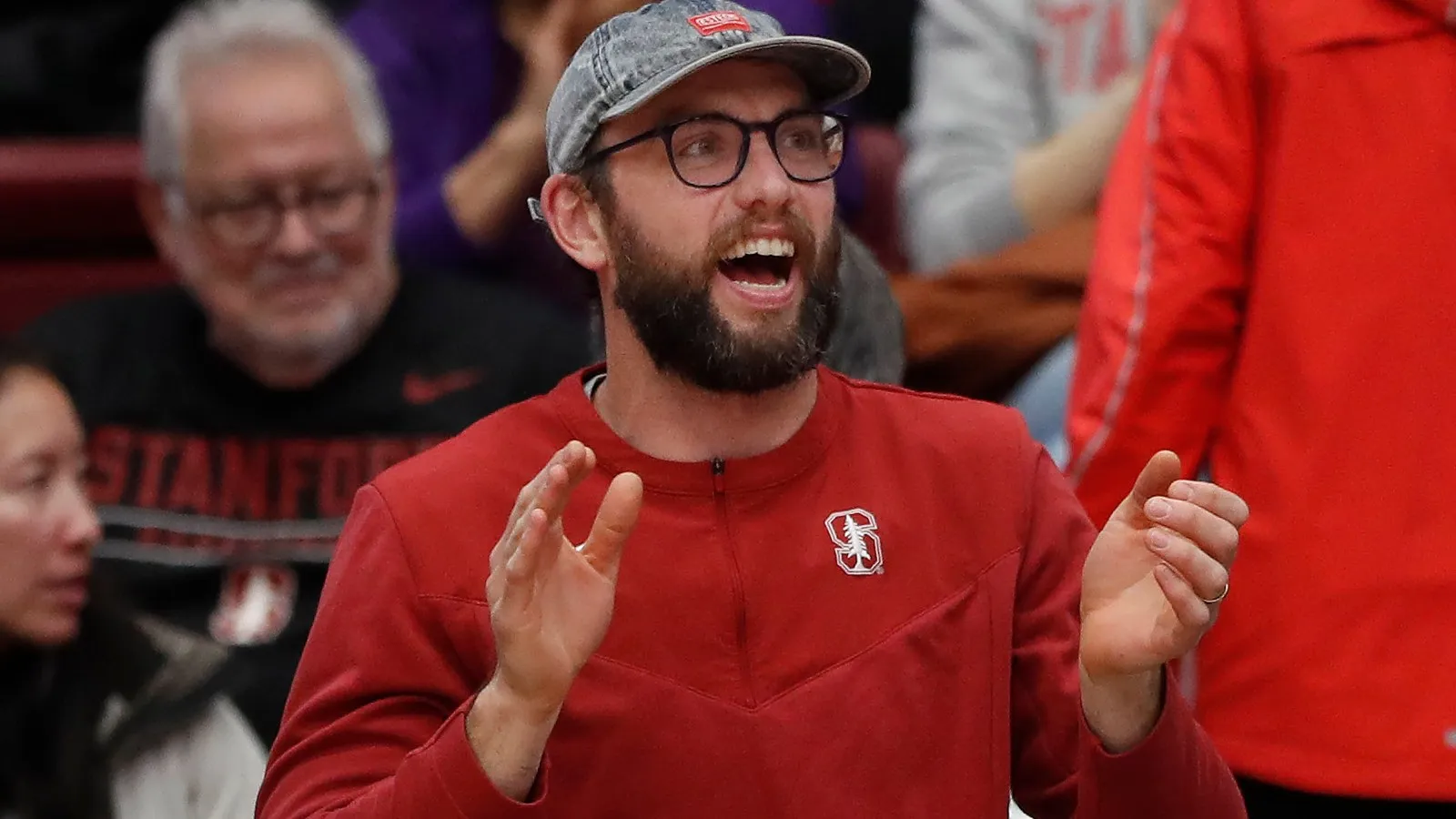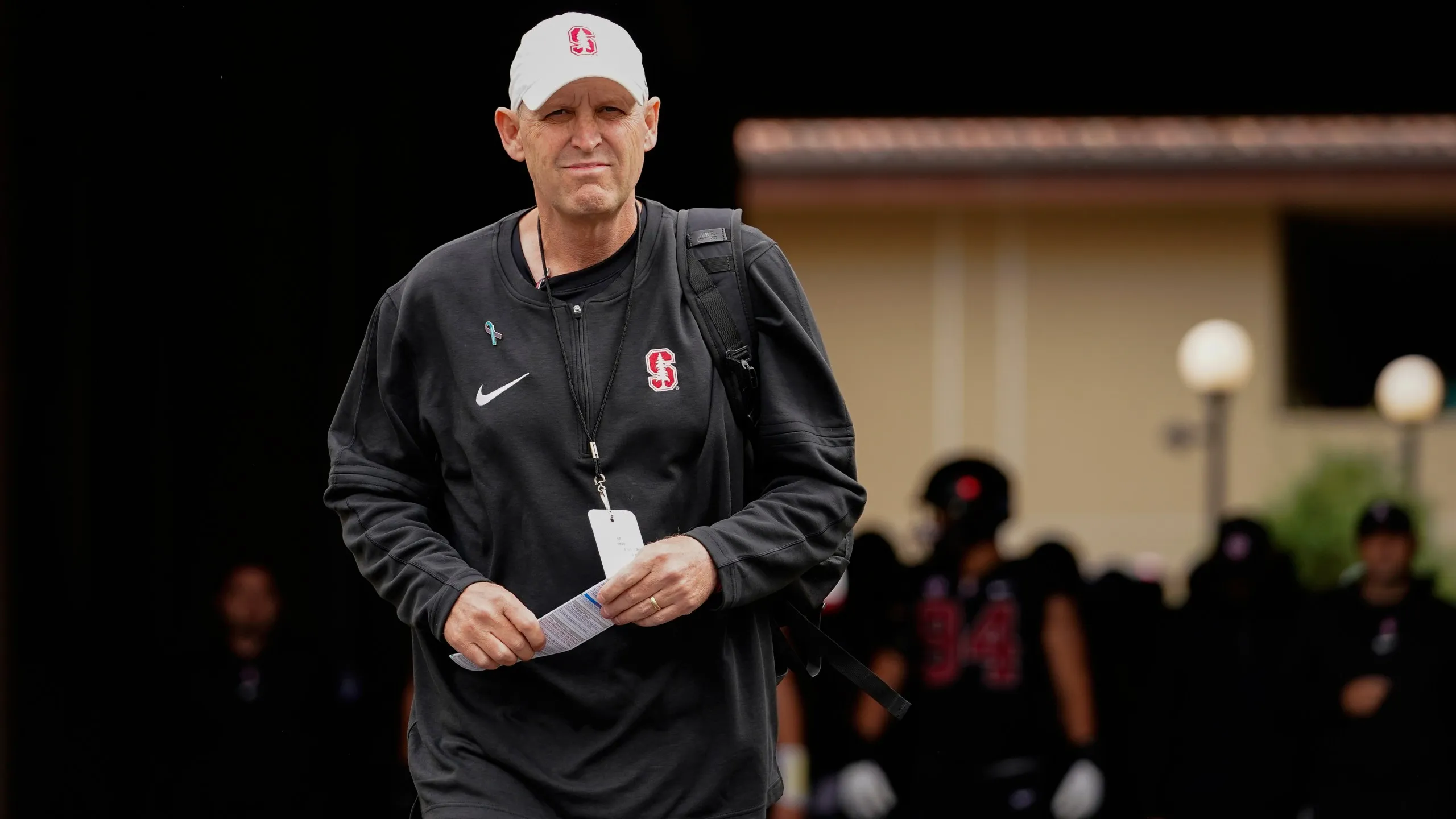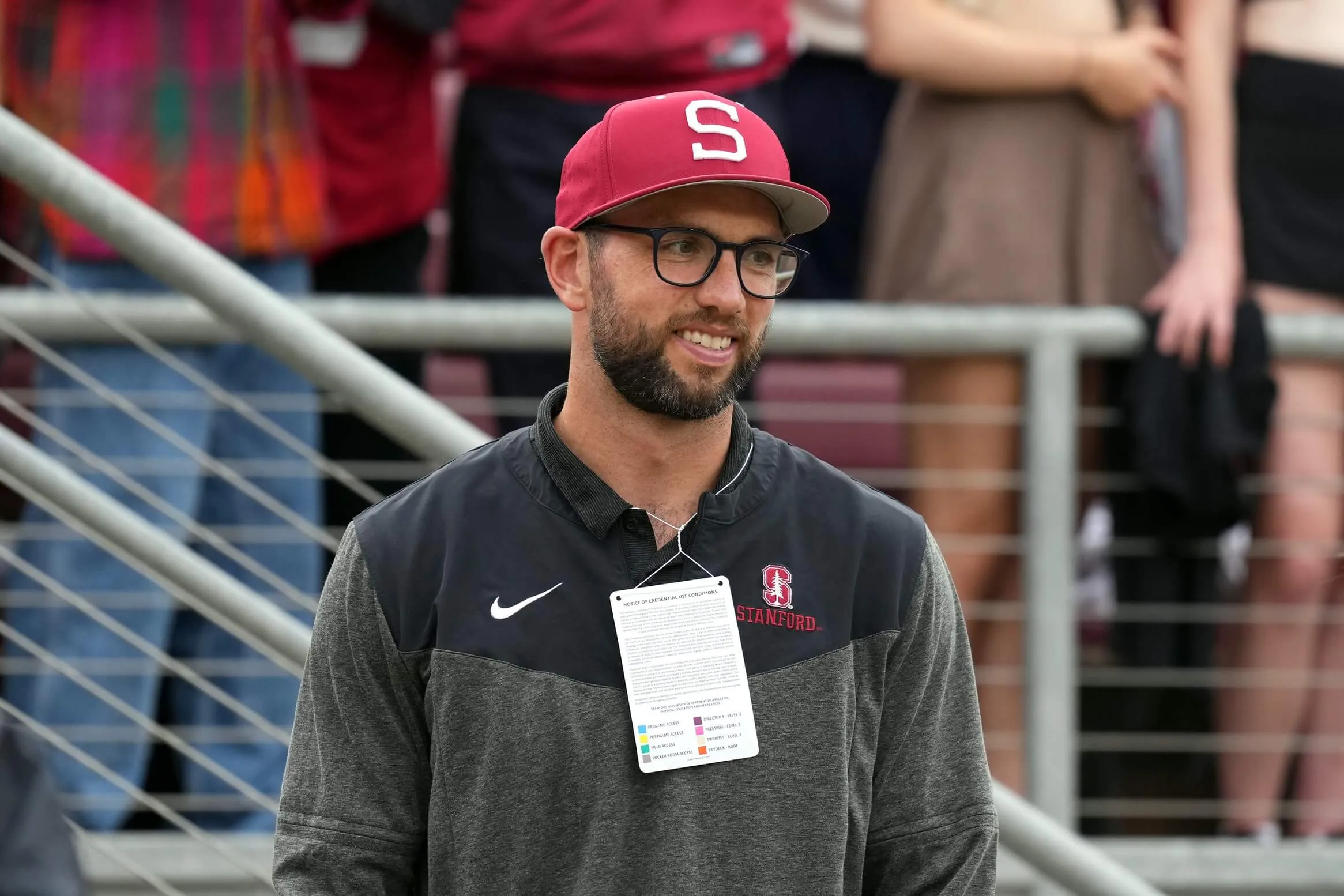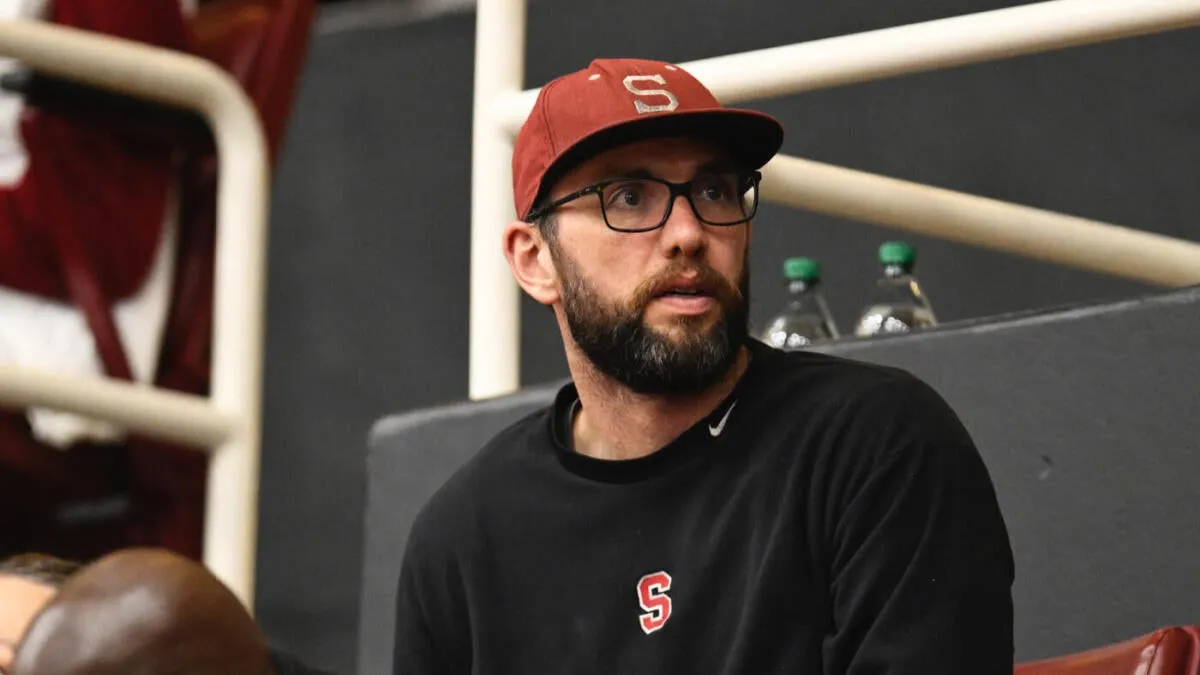In a move that resonated through the corridors of Stanford University, Andrew Luck, the storied former quarterback and current general manager, has ushered in a new chapter for Cardinal football by dismissing head coach Troy Taylor. This decisive action came shortly after revelations of an undisclosed investigation into Taylor for alleged employee abuse surfaced, sparking widespread surprise among the football staff and beyond.

The decision, made in collaboration with university leadership but spearheaded by Luck, marks a significant turning point for a program that has seen its fair share of highs under figures like Jim Harbaugh and David Shaw. Now, as Stanford stands on the precipice of the spring football season without a head coach, the sports world watches closely to see how Luck will navigate these turbulent waters.
Unprecedented Changes and Immediate Challenges
Stanford’s unique management structure, where the head coach reports directly to the general manager—a rarity in college football—places Luck in a pivotal position. With no interim head coach in place and the athletic director, Bernard Muir, set to retire, Luck’s decisions in the coming weeks could define his legacy and the future of Stanford football.
As spring practice looms and several assistant coaches, new to Palo Alto, face uncertainty, the question arises: Will Stanford promote an interim coach from within, or will Luck launch a national search for a new leader? Internal candidates like safeties coach Bob Gregory and co-defensive coordinator Andy Thompson bring valuable experience, but the broader coaching landscape may offer other enticing options.

The Strategy Ahead: Interim Solutions or a National Hunt?
The timing of Taylor’s departure, coupled with the approaching transfer portal window, adds complexity to the decision-making process. Stanford could follow precedents set by other universities, which have opted for interim appointments under similar circumstances, or it could embark on an exhaustive national search possibly involving a search firm. This strategic choice will not only affect the immediate stability of the team but also its attractiveness to potential recruits and transfers.
Sources say Stanford has discussed bringing in a search firm. Some early names linked to the job include Boise State’s Spencer Danielson and Tulane’s Jon Sumrall — both considered rising stars. However, with Stanford’s rigid academic standards, a limited NIL infrastructure, and its new home in the ACC, this is no longer the surefire destination it once was when David Shaw stepped away.
Navigating Through Recruitment and Player Retention Challenges
The coaching change poses risks to player retention and future recruiting classes, particularly for top talent like defensive lineman David Bailey, who has remained loyal to Stanford amidst previous upheavals. While Bailey never strayed during previous transfer windows, insiders suggest this moment — paired with his nearing graduation — might push him toward a move.
Meanwhile, the 2026 recruiting class could see turbulence. Linebacker Chase Cahoon and wide receiver Langdon Horace committed under Taylor’s vision, while linebacker Wassie Lugolobi flipped from Washington to Stanford for its academic prestige. Their commitment status now hangs in the balance.

Stanford’s struggle to return to its former glory, with no bowl game appearances since 2018, underscores the challenges ahead. Luck, who once elevated Stanford’s program as its quarterback, now faces the daunting task of reinvigorating the team from the top down. His actions in the coming weeks will be critical as he aims to stabilize the program and set a course toward renewed success.

I am a writer with a passion for technology and gaming. I write about a variety of subjects, including Esports, Games, Shows, and Sports. I create engaging and informative content for Hiptoro.

